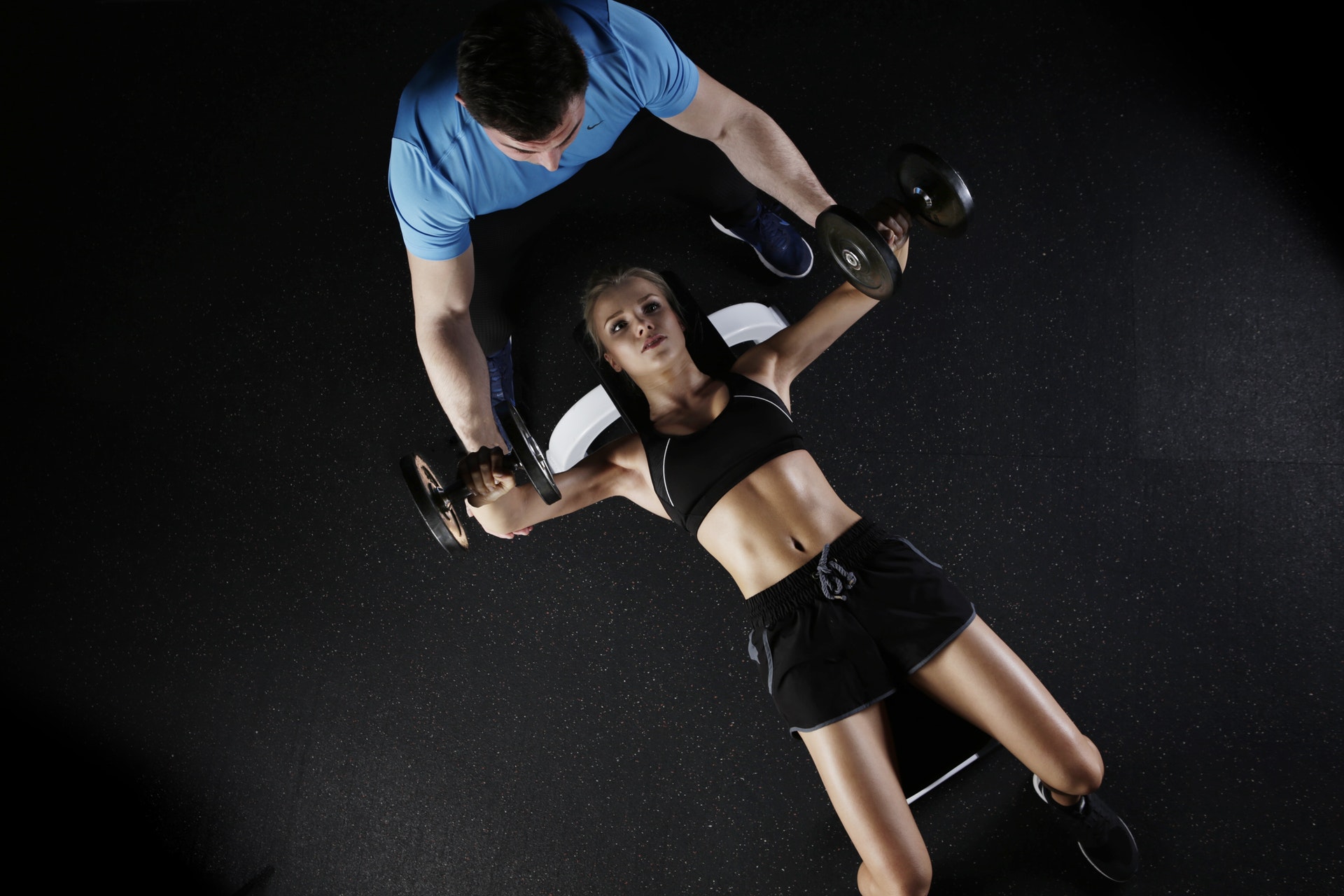Pain or injury can strike just about anyone at any stage in life. Whether you are a professional athlete, weekend warrior, or even a sedentary person, your body can suffer aches, strains, overuse, or accidental injuries with any move you make. The good thing is for most of the everyday aches and pain many go through, as well as muscular and joint-related injuries, a physical therapist can come to the rescue.
Not only can physical therapists help with hands-on techniques to relieve pain and improve joint and muscle mobility, but they are well-educated in exercise rehabilitation for the prevention of issues in the future. You can definitely learn helpful tips from these professionals on how to keep your body healthy and be stronger at your sport of choice. There are many physical therapists who specialize in orthopedic problems as well as sports-related injuries. This may come in handy for those who have experienced issues with injuries resulting from poor posture and mechanics, or specific weaknesses in certain muscle groups.
Manual Therapy
Soft tissue injuries usually require some form of hands-on therapy to relieve stiffness in joints, tightness in muscles, or scar tissue development from surgery or old injuries. Many people think that physical therapy is just about massage and stretching, but it is the conjunction of these techniques with exercises that relieve pain and dysfunction for the long term. If a therapist solely uses a joint mobilization technique to increase the range of motion of a shoulder, for example, the stiffness will just return if no exercises are used to strengthen the joint to remain in that loosened position.
The massage used in physical therapy is not your typical massage you get at the spa. Soft tissue mobilization is the proper term and is used specifically for loosening tight muscles and tendons, especially at their connections to the bones, as well as for flushing out toxins and inflammation to relieve pain and improve movement. It is not typical for a physical therapist to be spending more than 10 or 15 minutes “massaging” one area. This technique is frequently used as part of a warm-up for exercises and stretching.
Specialty Techniques
Active Release
You have probably heard of ART before, which is a common form of therapy used by physical therapists, chiropractors, and massage therapists. This form of massage is where deep pressure is applied to an area of tightness or pain while instructing the patient to actively move as if stretching the area. This technique, by no means, feels good as most massage does. The patient will usually feel an uncomfortable stretching sensation. ART helps to break up any adhesions and scar tissue that is causing limitations in mobility.
Graston Technique
This form of soft tissue mobilization uses an instrumental tool to produce microtrauma to an area that already has scar tissue and adhesions present. It may not make sense to cause further injury to an area, but it will actually restart the healing process by increasing blood flow and supply the nutrients needed to properly heal the area. Studies have shown that many common running-related injuries respond well to the Graston method such as Achilles tendonitis, runner’s knee, plantar fasciitis, shin splints, and hip flexor strains.
Dry Needling
Similar to acupuncture, this technique has more recently been used by physical therapists to address trigger points in the body. Trigger points are usually sensitive to the touch and may sometimes produce pain in other areas of the body. Dry needling does not use any form of medication along with the injection and can be performed superficially or deep in the affected tissue. The idea is that this needle injection helps release the tension in the trigger point to improve pain and relax the nerves that are transmitting the pain impulses to the muscles. Therapists can actually feel the extent of tightness in muscles, which is invisible to other diagnostic tools such as MRIs, CT scans, and X-rays.
Exercise
The treatment approach of exercise is the most important part of physical therapy as it is what will bring long-term results. Manual therapy and modalities, including hot and cold pack treatment, will usually only provide temporary pain relief and joint mobility. Without the exercise portion of physical therapy, your body will just return to its original state of joint limitation and muscle tension once you resume your regular activities. Physical therapists are the experts in exercise for flexibility and strengthening, as well as the safe transition back into your sport. Unlike personal trainers, physical therapists are highly trained in injury prevention and can guide patients with a healthy approach to returning to their activities. For these reasons, when choosing a trainer to help you get into shape, a physical therapist may be a better option over a certified personal trainer.
Sources:
1American Physical Therapy Association, The PhysicalTherapist’s Guide to Healthy Running, Website, Jul 08, 2018
James Dunning, Raymond Butts, Firas Mourad, Ian Young, Sean Flanagan, and Thomas Perreault, Dry Needling: A Literature Review with Implications for Clinical Practice Guidelines, Journal, Jul 08, 2018



